A brief history of the football
- Published
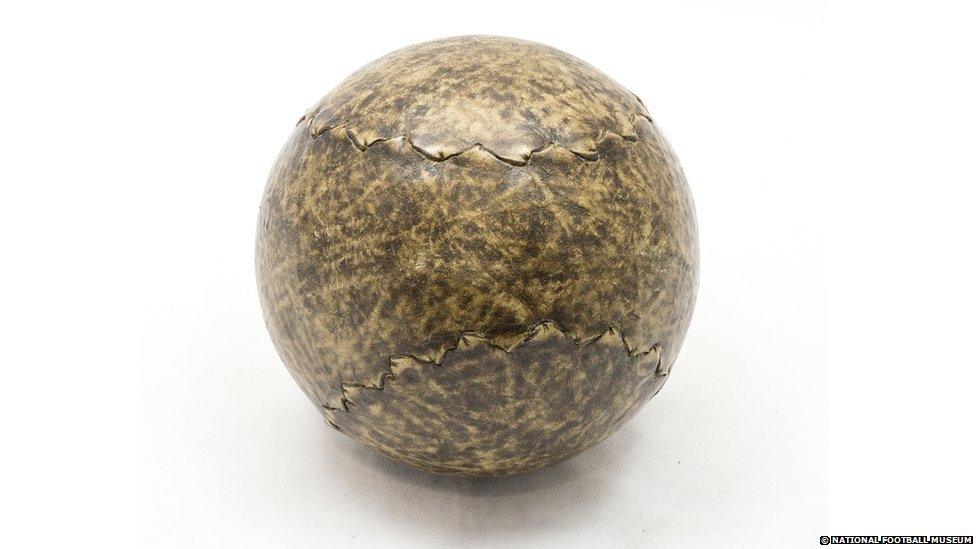
Did you know that some of the earliest "footballs" were made from animal parts like a pig's bladder?! Thankfully, the equipment used in the beautiful game continues to adapt and improve. So let's take a look back at how the humble football has developed. This picture shows a leather ball used in early games. The unusual jagged seam and construction is similar to that of a modern tennis ball.
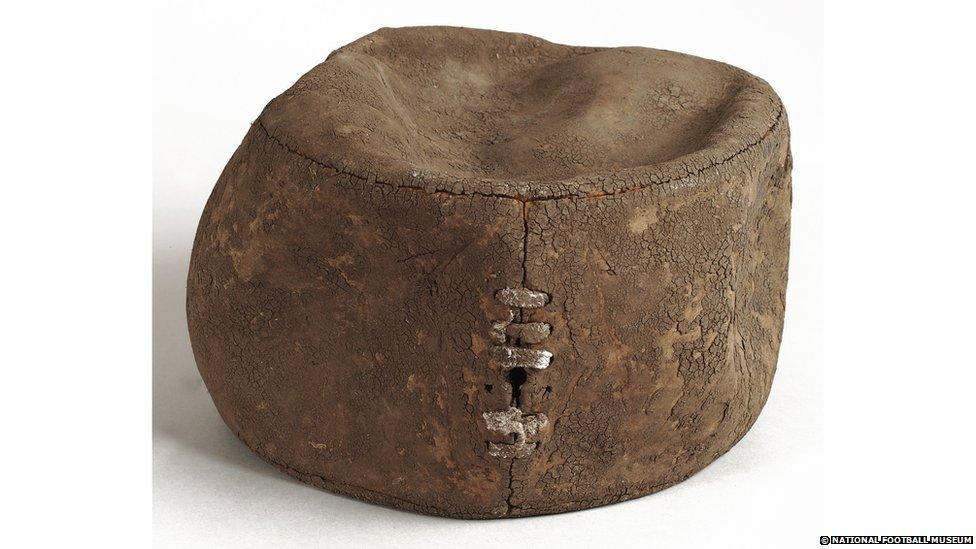
This leather ball - complete with mud - was used for a game of Harrow football, which was played at Harrow School - one of the UK's oldest private schools. The design of this ball is said to resemble a pork pie. The rules of the game are somewhat loose...Harrow football is said to be the forerunner to association football. The ball would often become heavy when full of water, making it very painful to kick, catch and head!
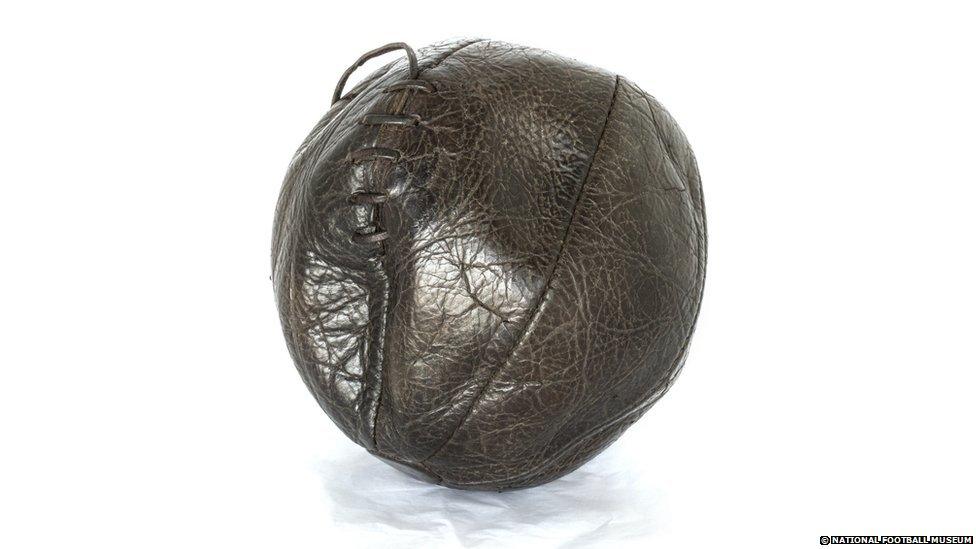
Victorian children used to play football with leather balls similar to this one, which is fastened with lace and sometimes buttons. As leather absorbed water, heading it was very painful!
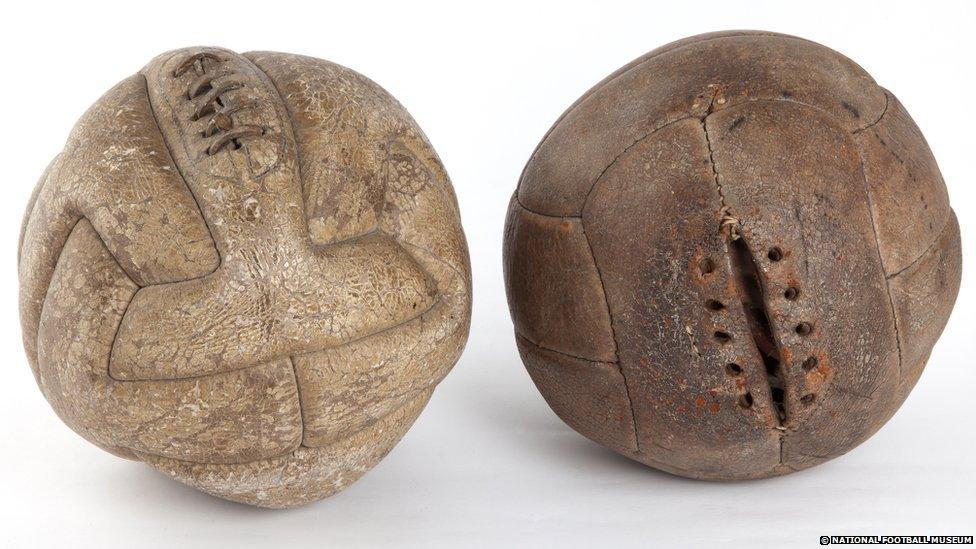
Two different balls were used in the 1930 World Cup final. Argentina supplied the first-half ball, the Tiento, and led 2-1 at the break. Hosts Uruguay supplied the second-half ball, the T-Model, and came back to win 4-2. Perhaps they should bring that rule back in if one of the home nations are down at half time at the next World Cup?!
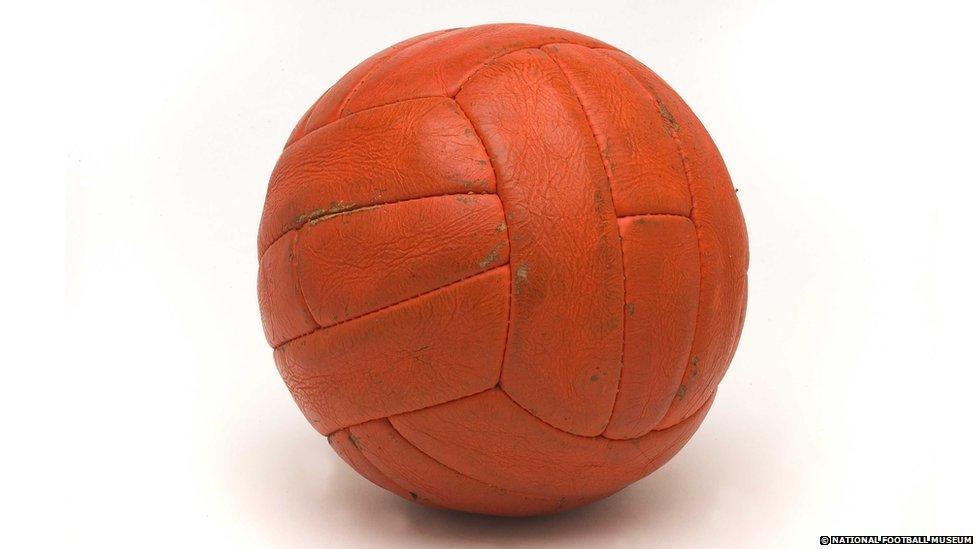
During the 1950's the introduction of floodlights meant the brown leather balls became harder for the fans to see on the pitch. Therefore the leather was painted white for the first time. When it snowed, they used an orange ball! This is the actual match ball used during the 1966 World Cup final - yes that famous tournament when England beat West Germany 4-2 to lift the Jules Rimet trophy. It's called the Slazenger's Challenge 4-Star. Geoff Hurst famously scored a hat trick for England, but the ball was nicked by Helmut Haller and only returned to England in 1996.
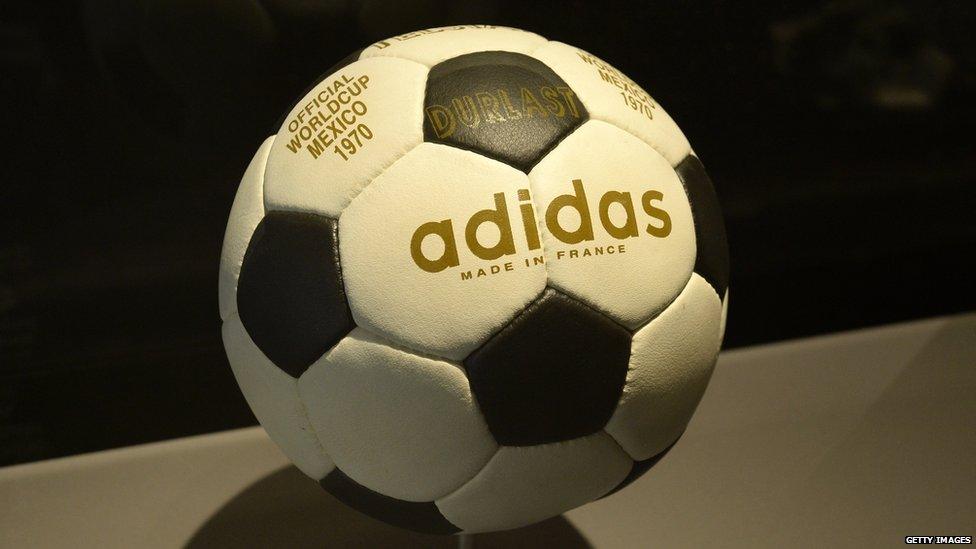
This was the original Adidas Telstar ball used at Mexico 1970. It was designed and named after the Telstar satellites which helped the first television pictures, telephone calls, and telegraph images beamed back to earth. At this point, water was still able to seep into the seams of balls, which led ball manufacturers to change the way they were created. It wasn't until the World Cup in Spain in 1982 that rubber was inlaid over the seams. Four years later, in 1986, polyurethane balls were used for the first time.
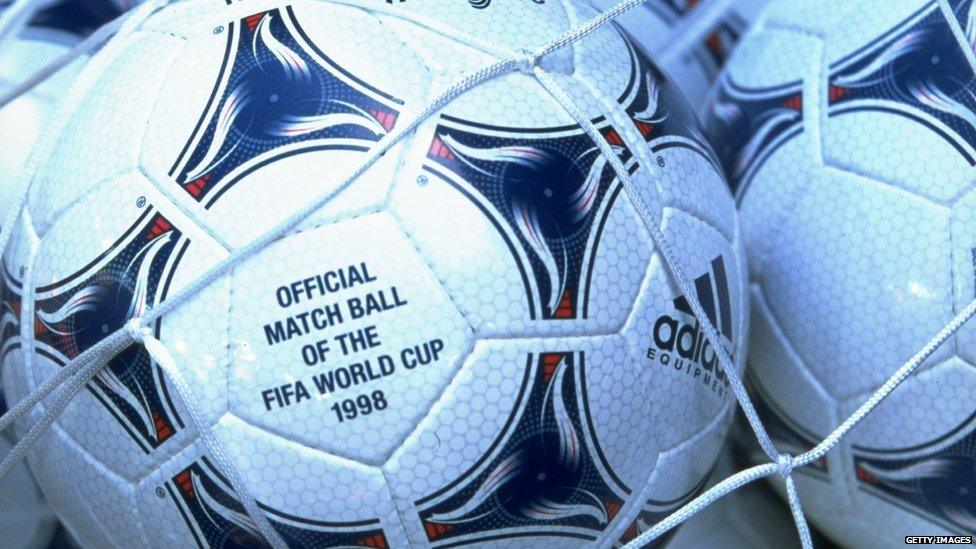
The Tricolore, made with 32 hexagonal panels was used in the 1998 World Cup as hosts France lifted the trophy and, with the introduction of red and blue, was the first non black and white ball to be used in the tournament's final stage. Moving onto the early 21st Century, and in 2006, the Adidas Teamgeist ball, made for the World Cup in Germany, had just fourteen panels rather than the traditional thirty-two, meaning that more control was given to the players.
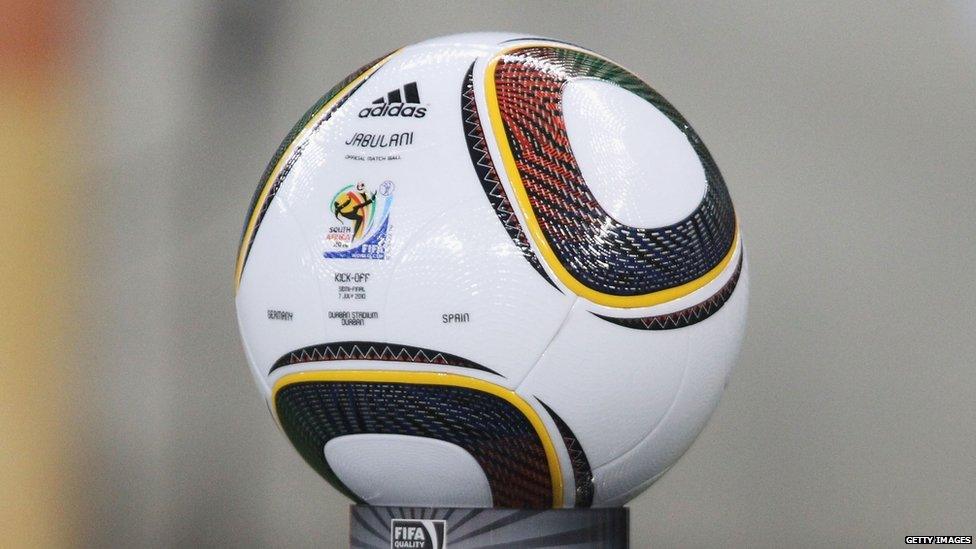
The now infamous Jabulani was the ball used at the 2010 World Cup in South Africa. It was made with just eight panels bonded together and surface of the ball was textured with grooves, a technology developed by Adidas called "Grip 'n' Groove" that was meant to improve the ball's aerodynamics (how smoothly it goes through the air!). But some players said the ball was very unpredictable and some newspapers even blamed the ball for the lack of goals in the early stages of the tournament!

This is the Telstar Mechta - it was the ball used during the knock-out stages at the 2018 World Cup in Russia. "Mechta" means dream or ambition in Russian. It replaced the Telstar 18 that was used in the group stage. Before the tournament, a Telstar 18 ball was sent to the astronauts on the International Space Station, completing the full circle (pardon the pun) of the Telstar in space!
- Published23 October 2019
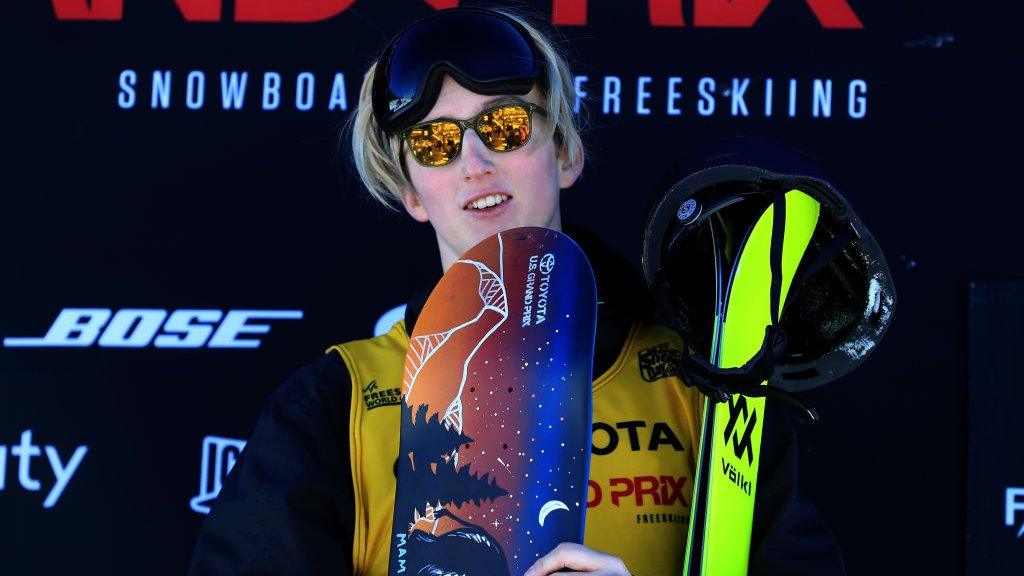
- Published22 October 2019
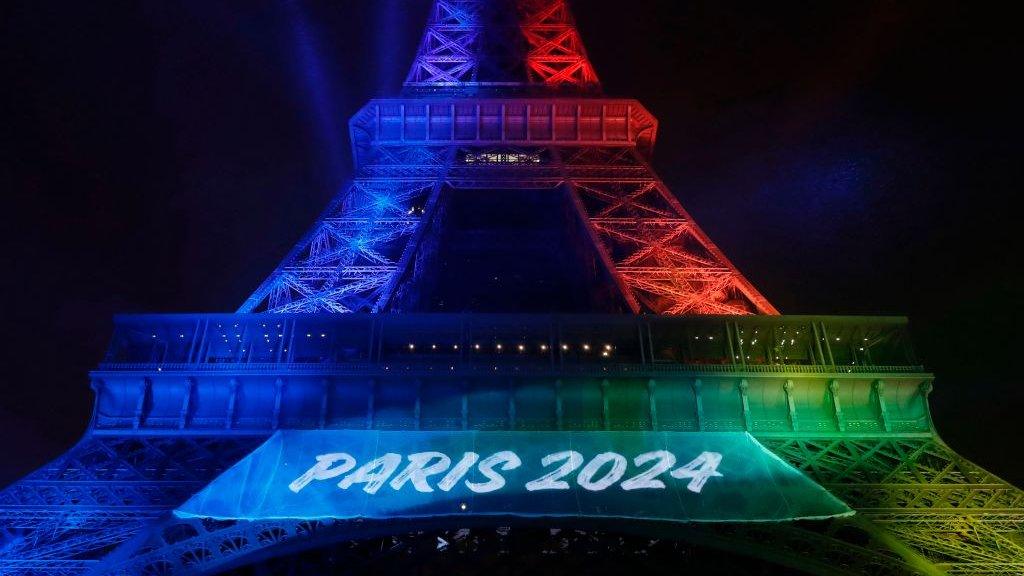
- Published13 October 2019

